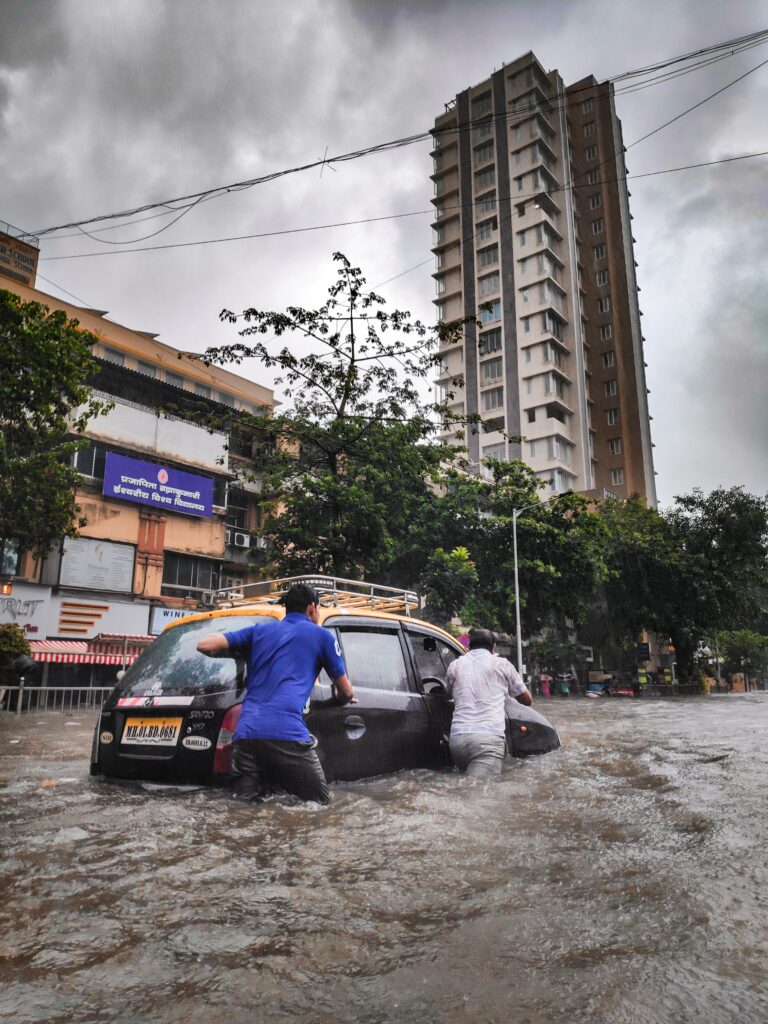More wealth also enables communities to build more resilient infrastructure and production and adapt to a changing climate. Constructing stronger levees, sea walls, and more resilient infrastructure have helped save lives and protect communities. Freer, wealthier economies also have better access to advanced technologies that more accurately communicate the risk of natural disasters and aid in preparation.
Freer, wealthier economies also have better access to advanced technologies that more accurately communicate the risk of natural disasters and aid in preparation.
Early detection systems, visualization tools, up-to-date flood maps, computer modeling, satellite, and radar are several tools that scientists employ to track weather and storms. Affordable, reliable heat in the winter and air conditioning in the summer offer protection against extreme weather. Further, researchers are developing crops that better withstand heatwaves and droughts.1 These investments are not costless but can be a cost-effective solution to reduce the risks and costs of extreme weather.

Conversely, extreme weather hits vulnerable communities harder. As Reason’s science correspondent Ron Bailey succinctly writes: When bad weather meets poverty, it kills people.2 Bailey points to research in the latest Intergovernmental Panel on Climate Change (IPCC) report that finds, unsurprisingly, that as countries’ wealth goes up, their climate vulnerability (in human mortality and loss of economic assets) goes down.3 Encouragingly, the IPCC’s research finds “a clear decreasing trend in both human and economic vulnerability, with global average mortality and economic loss rates that have dropped by 6.5 and nearly 5 times, respectively, from 1980–1989 to 2007–2016.”4
Index of Economic Freedom Compared with Climate Adaptation
Comparison of IEF and the ND-GAIN Climate Adaptation Score which summarizes a country’s vulnerability to climate change in combination with its readiness to improve resilience.
For developed and developing countries alike, policy reforms should empower people to accrue wealth to better adapt to climate change but also empower communities to adapt faster and more efficiently.
One helpful tool that measures a country’s resiliency is Notre Dame Global Adaptation Initiative’s Country Index. The index “uses 20 years of data across 45 indicators to rank over 180 countries annually based on their level of vulnerability, and their readiness to successfully implement adaptation solutions.”5 Given the connection between economic freedom and wealth, there is also a strong, positive correlation between those countries that are most economically free and those countries that are the most resilient and least vulnerable. For developed and developing countries alike, policy reforms should empower people to accrue wealth to better adapt to climate change but also empower communities to adapt faster and more efficiently.6
Notre Dame Global Adaptation Initiative's Country Index
A measure of a country’s vulnerability to the effects of climate change and readiness to implement solutions.
Use the slider to change the year
ND-GAIN Country Index
The ND-GAIN Country Index summarizes a country’s vulnerability to climate change and other global challenges in combination with its readiness to improve resilience.
| Top 10 Rankings | |
|---|---|
| Norway | 75.4 |
| Finland | 72 |
| Switzerland | 71.9 |
| Sweden | 71.3 |
| Denmark | 71.1 |
| Singapore | 70.6 |
| Austria | 70.1 |
| Germany | 69.8 |
| Iceland | 69.8 |
| New Zealand | 69.7 |
| Bottom 10 Rankings | |
|---|---|
| Liberia | 33.8 |
| Zimbabwe | 33.1 |
| Afghanistan | 33 |
| Niger | 32.9 |
| Sudan | 32.3 |
| Dem. Rep. of the Congo | 31.1 |
| Eritrea | 31.1 |
| Guinea-Bissau | 30.6 |
| Central African Rep. | 27.1 |
| Chad | 26.7 |
- Press release, “Clemson researchers continue study to develop heat-tolerant soybeans,” Clemson News, January 27, 2022, https://news.clemson.edu/clemson-study-focuses-on-developing-heat-tolerant-soybeans/ and Heidelberg University, “Scientists Have Created Genetically Modified Drought-Resistant Plants,” SciTechDaily, July 20, 2022, https://scitechdaily.com/scientists-have-created-genetically-modified-drought-resistant-plants/[↩]
- Ronald Bailey, “When It Comes to Climate Change, Wealth Equals Adaptation,” Reason, March 2, 2022, https://reason.com/2022/03/02/when-it-comes-to-climate-change-wealth-equals-adaptation/[↩]
- Ibid.[↩]
- Giuseppe Formettaaand Luc Feyenb, “Empirical evidence of declining global vulnerability to climate-related hazards,” Global Environmental Change, Vol. 57, July 2019, https://www.sciencedirect.com/science/article/pii/S0959378019300378[↩]
- University of Notre Dame, Notre Dame Global Adaptation Initiative (ND-GAIN), July 2022, https://gain.nd.edu/our-work/country-index/[↩]
- Nick Loris et al., “Climate and Freedom Agenda,” Conservative Coalition for Climate Solutions, June 2022, https://www.c3solutions.org/wp-content/uploads/2022/06/C3-Solutions-Climate-and-Freedom-Agenda.pdf[↩]
